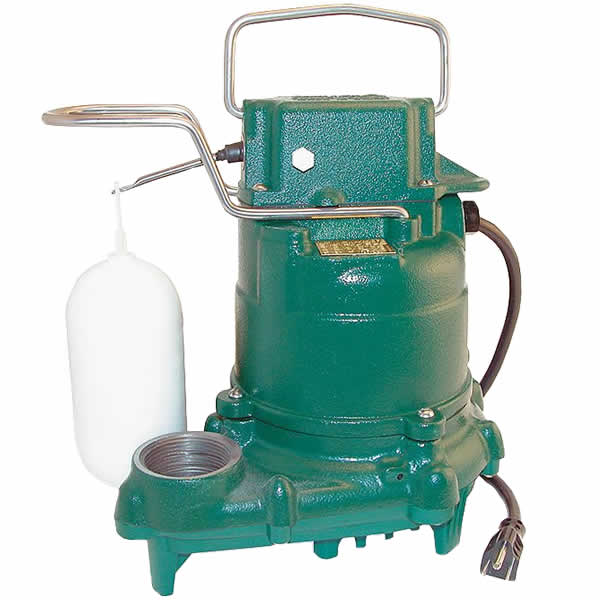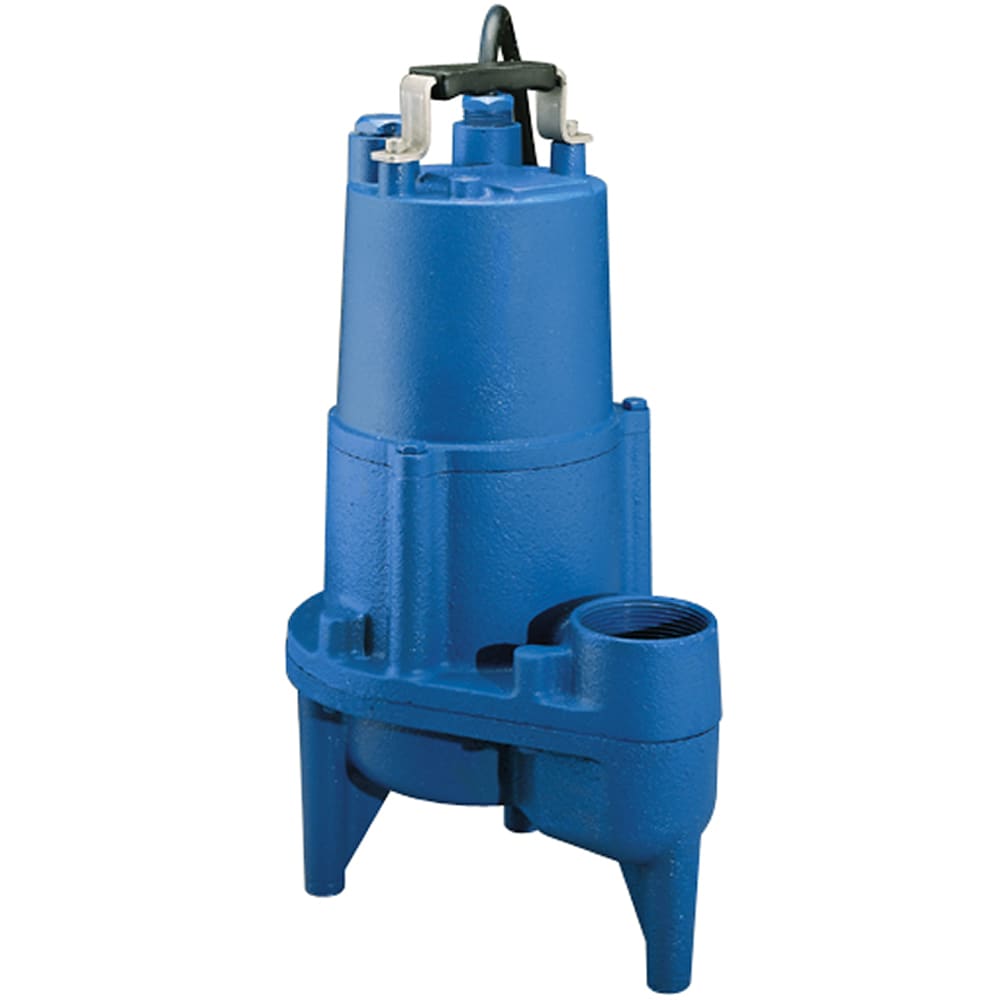
Sump Pump Buyer's Guide
It's easy to forget about your sump pump until it's too late.
If your sump pump system fails during a big rain event, your basement can flood in minutes, causing extensive damage to your valuables and appliances, not to mention the huge costs and headaches that come with basement flood cleanup.
Learning how to get the right sump pump for your home is one of the best things you can do to protect it before you're in trouble. Watch the video to learn how to size up your system properly.
Below, learn about the 4 types of sump pumps available and when to consider each type.
Primary Sump Pumps

Primary sump pumps are the standard pumps found in many residences. Designed to pump seepage water out of your basement, they prevent floods. They can pump up to several thousand gallons an hour to keep your home safe and dry.
There are two types of primary sump pumps: submersible pumps and pedestal pumps. Submersible pumps are put underwater in your sump pump basin, while pedestal pumps are positioned with the pump motor out of the water, above your sump basin. Pedestal pumps are best for small basins, as the pump base is submerged but the pump motor is not. Click the link below to learn how to choose between a submersible pump and a pedestal pump.
![]() How to Pick the Perfect Primary Sump Pump
How to Pick the Perfect Primary Sump Pump
Battery Backup Sump Pumps

Battery backup sump pumps provide you with added assurance in case your power goes out. As sump pumps are electric-powered, they will be useless in a power outage, which is usually when you need them most.
Battery backup sump pumps are not only used in the event of a blackout but also if the main pump fails for any reason, or it cannot keep up with the demand during a large rain event. During a power outage, the battery on the backup unit will kick on, providing the pump with power so it continues working, even without regular electric power.
New technology allows some of these pumps to even text or email you in event of a failure.
*Pro-Tip: Don't be confused by the term "back-up."
Some sump pumps might be labeled as "back-up" pumps, but that doesn't mean they will work during a power outage because they are still a/c powered and will not work with a battery. Make sure you get a designated "battery back-up" system instead.
![]() How to Pick the Perfect Battery Backup Sump Pump
How to Pick the Perfect Battery Backup Sump Pump
Combination Sump Pump Systems

Combination sump pump systems are just that; a combination of a primary pump and a battery backup all in one package. If you've ever dealt with the aftermath of a flooded basement, you know exactly how painful that process can be.
With a combination sump pump, you are protected under normal circumstances and in power outages as well. Besides flood insurance, this is the pinnacle of home flood protection. The backup pump will also kick on in the event the primary pump cannot keep up with the water as it enters the basin.
![]() How to Pick the Perfect Combination Sump Pump
How to Pick the Perfect Combination Sump Pump
Sewage Pumps

Sewage pumps aren't like traditional sump pumps, although they could be used for this purpose. Rather, sewage pumps are primarily designed to pump sewage waste and effluent from a home to a septic system.
Sewage pumps can pass solids up to 2", which is one of the biggest differences between them and regular sump pumps. Once installed, sewage pumps run automatically. They can either be installed in the septic tank itself, or in a separate pump chamber.
![]() How to Pick the Perfect Sewage Pump
How to Pick the Perfect Sewage Pump

